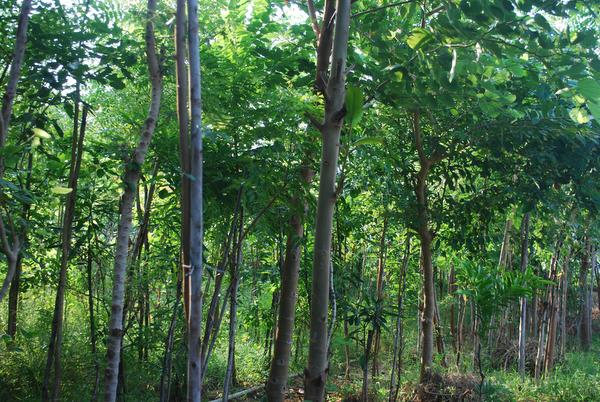New Delhi: According to the Forest Survey Report 2021, there is an increase of 2261 sq km in the total forest and tree cover in the country. Bhupender Yadav, Union Cabinet Minister for Environment, Forest & Climate Change; and Labour & Employment, shared the findings, noting that the country’s overall forest and tree cover is 80.9 million hectares or 24.62% of its geographical area. According to ISFR 2021, the Open Forest covers 9.93% of total geographical areas as compared to the Very Dense Forest, which covers only 3.04%. The concern is whether experts regard open forest expansion to be a reliable indicator of a healthy environment or not. Understanding forest cover as described by the FSI, on the other hand, will help to clear things up. The forest cover includes all land, more than one hectare in area, with a tree canopy density of more than 10% irrespective of ownership and legal status. Such land may not necessarily be a recorded forest area. It also includes orchards, bamboo and coconut palm trees and so on and “all the areas including forests, private, community, government or institutional land, meeting the above-defined criteria have been termed as forest cover,” as per FSI. The classification of Very Dense Forest is the land with a tree canopy density of 70% and above while open forests are considered as lands with a tree canopy density of 10% and more but less than 40%.
Many environmentalists and experts are concerned about such an increase in open forest cover affect wildlife management and soil quality. However, open forests fulfil the social needs of the villagers to a certain extent. Many experts have witnessed that open forest serves the social demand. However, the undergrowth in the areas of dense forests retains the moisture of the soil, but in the case of open forests, such undergrowth is not prevalent and thus the moisture of the soil gets affected in a long run.
Also, quick growing plants are frequently planted around to expand forest cover, but if these quick growing plants do not always support the soil and maintain its moisture, it has a detrimental effect on the soil. “For instance, in the forest-belt areas of the Chotanagpur plateau, we have observed that sal-dominated forests or broad leaves forests are not developed, instead, we are focussing on quick-growing plants to fulfil the social needs. In the case of open forests, if we only focus on fulling the social demands of the people and ignore maintaining the ecosystem or social functioning of the forest that affects wildlife management, reduction of soil nutrients ultimately leads to soil erosion. So, it is important to consider the usage of plant species for the growth of open forests,” Prof Dr Ashish Kumar Pal from Vidyasagar University, Kolkata, told The Sunday Guardian.
Similarly, another ecologist, who wished to stay anonymous, said, “It is true that if the canopy cover is dense then there will be no soil erosion, however, the open forests will be beneficial to some species to some extent. Therefore, everything depends on the objectives of the government. The types of forest cover change the entire ecosystem therefore to create a sustainable ecosystem, it is important to consider the objectives and plant trees accordingly.”
The forest cover is also dependent on the groundwater to maintain a positive ecosystem. However, to fulfil their social needs, many states had been over utilising the groundwater. As per the report, dated, March 15, 2021, the Central Ground Water Board’s (CGWB) assessment of Dynamic Ground Water Resources (2017), out of the total 6,881 assessment units (Blocks/ Taluks/ Mandals/ Watersheds/ Firkas) in the country, 1,186 units in 17 States/UTs have been categorised as “over-exploited”, where “Annual Ground Water Extraction” exceeds “Annual Extractable Ground Water Resource”. However, the Central government and state governments have taken a number of important measures for conservation, management of groundwater, and effective implementation of rainwater harvesting in the country, despite the fact that water is a state subject. Speaking of groundwater extraction, the ecologist quoted above said, “Overexploitation of groundwater may have an impact on a specific area’s forest cover, but the consequences will be visible in 10-20 years.”
‘Open forest expansion is not an indicator of positive ecosystem’
- Advertisement -

